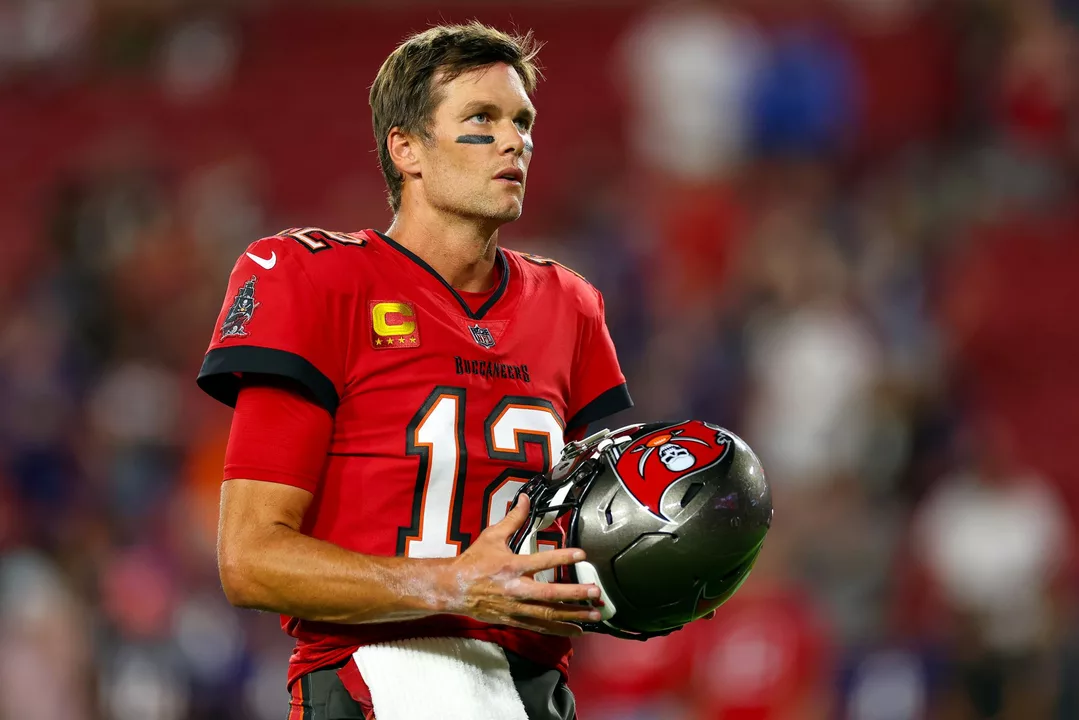Goals in Sports – Definitions, Types, and Impact
When you hear the word Goals, the moments a player puts the ball or puck into the net to earn points for their team. Also known as scoring attempts, goals drive the excitement in every sport.
The world of Scoring, the act of converting chances into points is tightly linked to Match Outcome, the final result that decides winners and losers. A single goal can swing a close contest, which is why teams obsess over creating chances. Player Performance, how well an individual executes skills during a game feeds directly into scoring chances – a sharp striker or a quick‑draw shooter boosts the likelihood of a goal. In short, goals encompass scoring, scoring requires skill and strategy, player performance influences goals, and match outcome depends on goals. Understanding these links helps you see why a goal feels like a game‑changing event.
Types of Goals and How They Shape the Game
Different sports treat goals in their own style. In soccer, a penalty kick, a free‑kick, or a tap‑in each tells a story about the situation that led to the chance. Ice hockey distinguishes power‑play goals from shorthanded goals, highlighting a team's discipline or aggression. Even basketball, though it scores by baskets, calls each successful shot a goal in the stats sheet, and the three‑point shot adds a tactical layer. These variations matter because they affect team tactics – coaches design set‑pieces around penalty kicks, power‑play units in hockey, and stretch‑four plays in basketball to maximize high‑value goal opportunities.
Creating goal opportunities is a team effort. Coaches set up patterns, midfielders thread assists, and defenders press to force turnovers that become scoring chances. A well‑timed overlap run or a clever dummy can free up space for a shooter. In many cases, the assist – the pass that directly leads to a goal – is celebrated almost as much as the goal itself because it reflects the coordination behind the scene. Understanding how assists, positioning, and movement contribute to goals gives fans a deeper appreciation for the tactical chess game happening on the field.
Modern analytics break down goal data to reveal hidden patterns. Goal differential, expected goals (xG), and conversion rates are now standard metrics that coaches use to evaluate performance. For example, a team that consistently out‑shoots opponents but lags in actual goals may be suffering from poor finishing or bad luck, while a side with a high xG but few goals might need better composure in the final third. These statistics turn raw goal counts into actionable insights, helping teams tweak training, adjust line‑ups, and plan game‑day strategies.
All this talk about goals, scoring, and performance sets the stage for what you’ll find below. Below is a curated collection of stories, analysis, and debates that illustrate how goals shape games across sports, from dramatic chip‑ins to playoff debates and streaming tips. Dive in to see real‑world examples of the concepts we’ve covered, and discover how each goal‑related nuance plays out on the field, the rink, or the court.
How many rings does Tom Brady want to win before he retires?
Tom Brady is a legendary NFL quarterback with six Super Bowl rings. But how many more does he want to win before he retires? Tom Brady has been very clear about his desire to keep playing and winning championships. He has said that he wants to win as many rings as possible, and he is determined to do everything he can to make that happen. He has been a highly successful leader of the New England Patriots, and he is confident that he can bring even more success to any team he is on. With his determination and drive, it's possible that Tom Brady will add several more rings to his collection before he eventually retires.





